How Binocular Vision Works ?
Binocular vision is the ability of an organism to perceive a single three-dimensional image of its surroundings by combining the images received by its two eyes. This is achieved through a process called stereopsis, which involves the brain's ability to interpret the differences in the images received by each eye due to their slightly different positions.
The brain uses these differences to calculate the distance and depth of objects in the visual field, allowing for accurate perception of the environment. This is why humans and many other animals with binocular vision have a greater sense of depth perception and spatial awareness than those with monocular vision.
Binocular vision also allows for better visual acuity and the ability to see fine details, as the brain combines the information from both eyes to create a more detailed image. Overall, binocular vision is a crucial aspect of visual perception and plays an important role in many aspects of daily life, such as driving, sports, and navigating through the environment.
1、 Stereopsis and depth perception
Stereopsis and depth perception are the two main components of binocular vision. Stereopsis refers to the ability of the brain to combine the slightly different images received by each eye to create a single, three-dimensional image. This is possible because the eyes are positioned slightly apart, which allows them to see the same object from slightly different angles. The brain then uses the differences between the two images to calculate the distance and depth of the object.
Depth perception, on the other hand, refers to the ability to perceive the distance of objects in the environment. This is achieved through a combination of visual cues, including binocular cues (such as stereopsis), monocular cues (such as perspective and shading), and motion parallax (the apparent movement of objects as we move).
Recent research has shown that binocular vision is not only important for depth perception, but also for other visual functions such as visual attention and object recognition. In fact, some studies suggest that binocular vision may be essential for the development of these functions in early childhood.
Overall, binocular vision is a complex process that involves the integration of information from both eyes to create a single, three-dimensional image. This ability is crucial for our perception of the world around us and plays a key role in many aspects of visual processing.

2、 Convergence and divergence of eyes
Binocular vision is the ability of an organism to perceive depth and three-dimensional space by using both eyes simultaneously. This is achieved through the convergence and divergence of the eyes. Convergence refers to the inward movement of the eyes towards each other, while divergence refers to the outward movement of the eyes away from each other.
When an object is viewed, the eyes converge to focus on the object, and the brain receives two slightly different images from each eye. The brain then combines these two images to create a single, three-dimensional image with depth perception. This process is known as stereopsis.
Recent research has shown that binocular vision is not only important for depth perception but also for other visual functions such as visual acuity, contrast sensitivity, and color perception. The brain uses the information from both eyes to enhance these visual functions.
Furthermore, binocular vision is essential for eye-hand coordination and spatial awareness, which are crucial for activities such as sports, driving, and navigating through the environment.
In conclusion, binocular vision is a complex process that involves the convergence and divergence of the eyes to create a single, three-dimensional image with depth perception. It is essential for various visual functions and plays a crucial role in eye-hand coordination and spatial awareness.

3、 Binocular rivalry and suppression
Binocular vision is the ability of the brain to merge the slightly different images received from each eye into a single, three-dimensional image. This process is essential for depth perception and spatial awareness. The brain uses several cues to achieve binocular vision, including retinal disparity, convergence, and accommodation.
Binocular rivalry and suppression are phenomena that occur when the brain receives conflicting information from each eye. Binocular rivalry occurs when two different images are presented to each eye, and the brain alternates between perceiving one image and the other. Binocular suppression occurs when the brain actively suppresses one eye's input to avoid confusion.
Recent research has shed light on the neural mechanisms underlying binocular rivalry and suppression. Studies have shown that the primary visual cortex, which receives input from both eyes, plays a crucial role in these phenomena. Specifically, neurons in the primary visual cortex that respond to one eye's input can inhibit neurons that respond to the other eye's input, leading to suppression.
Furthermore, recent studies have suggested that binocular rivalry and suppression may be influenced by higher-level cognitive processes, such as attention and expectation. For example, when participants are instructed to attend to one image over the other, the duration of binocular rivalry is reduced.
In conclusion, binocular vision is a complex process that involves the integration of information from both eyes. Binocular rivalry and suppression are phenomena that occur when the brain receives conflicting information from each eye, and recent research has shed light on the neural mechanisms underlying these phenomena.

4、 Neural processing of binocular vision
Binocular vision is the ability of an organism to perceive depth and three-dimensional space by using both eyes simultaneously. It works by combining the slightly different images that are captured by each eye and processing them in the brain to create a single, unified image. This process is known as stereopsis.
The neural processing of binocular vision involves several stages. First, the images from each eye are transmitted to the visual cortex in the brain via the optic nerves. In the visual cortex, the images are analyzed and compared to identify any differences or disparities between them.
Next, the brain uses these disparities to calculate the distance and depth of objects in the visual field. This process is known as binocular disparity processing. The brain also uses other visual cues, such as perspective and shading, to help determine the spatial relationships between objects.
Recent research has shown that the neural processing of binocular vision is more complex than previously thought. For example, studies have found that the brain can use information from other senses, such as touch and hearing, to help refine its calculations of depth and distance.
Additionally, researchers have discovered that the brain can adapt to changes in the visual environment, such as wearing glasses or viewing images on a computer screen, by adjusting the way it processes binocular vision. This plasticity suggests that the brain is constantly learning and updating its understanding of the visual world.
Overall, the neural processing of binocular vision is a complex and dynamic process that involves multiple stages and sensory inputs. Our understanding of this process continues to evolve as new research sheds light on the brain's remarkable ability to perceive depth and three-dimensional space.
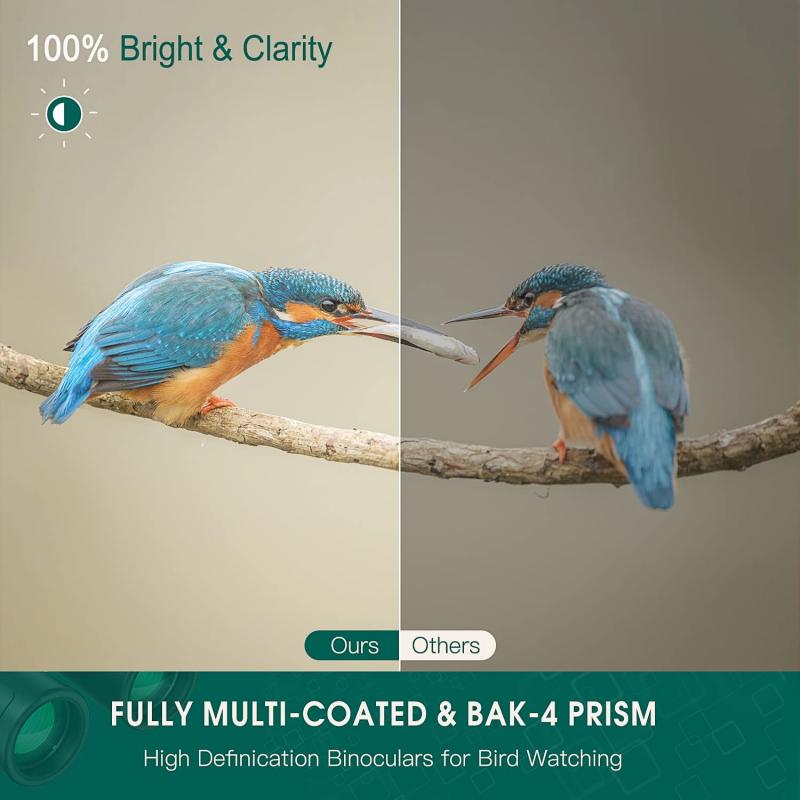

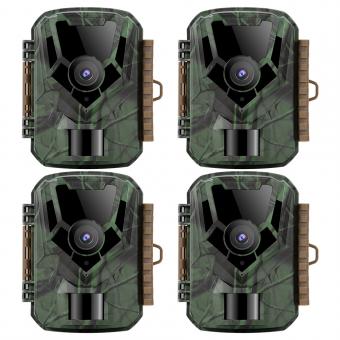


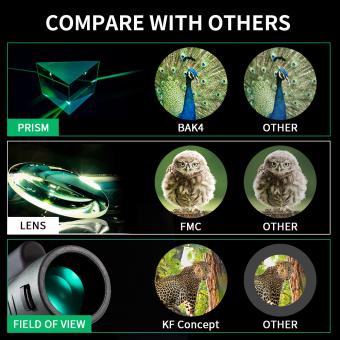
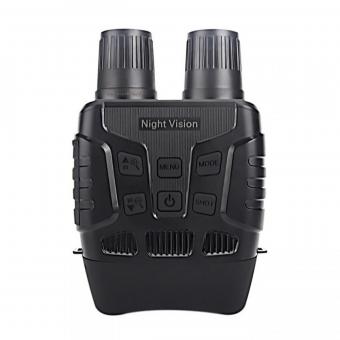

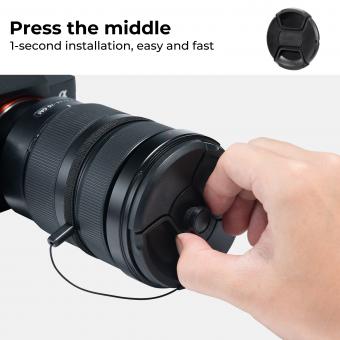
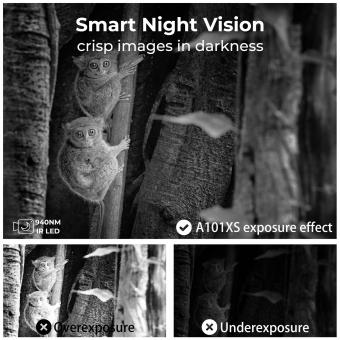




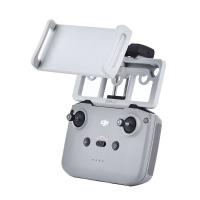






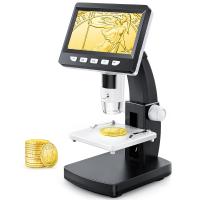
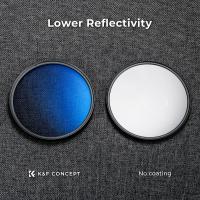

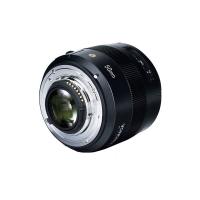




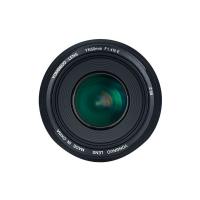

There are no comments for this blog.